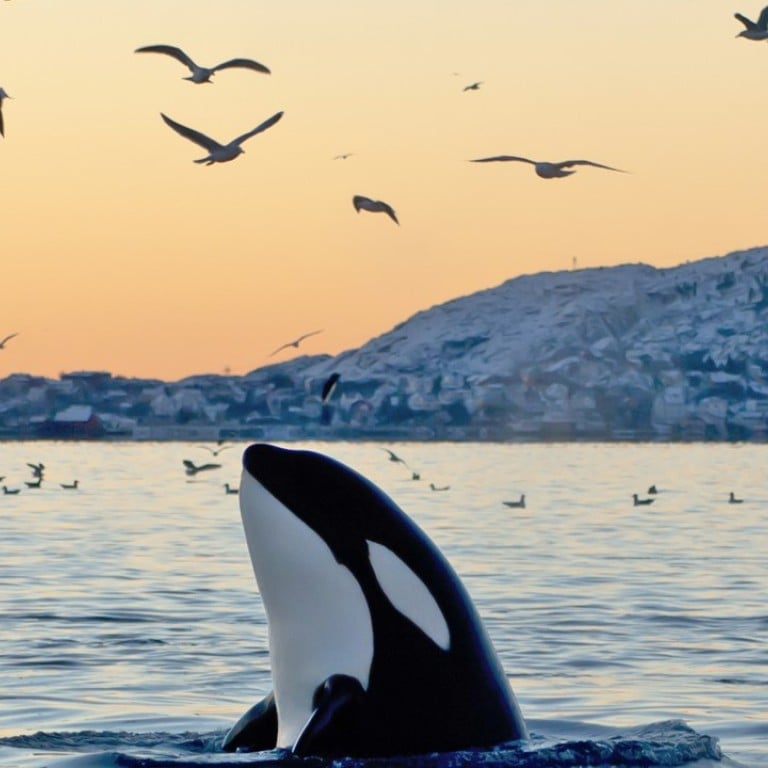A first-hand account of swimming with orcas in Norway – luckily they went for the fish, not me

The six-tonne giants, which are actually the largest dolphins, work together to trap their prey – spring-spawning herrings
Picture this: a still and dreamlike fjord, embraced by the Nordic Alps, all covered in dusty snow. There’s also a pitch-black, Arctic Ocean and us, a small classic and ice strengthened ship called the M/S Malmö bobbing on the windless waters. The sun barely makes it above the horizon, giving us about four hours of natural daylight. There’s nothing out there. The whole world seems in a deep, Arctic winter sleep. But I am wrong.

From the Norwegian city of Tromsö, whale watching is big business. Numerous ships leave every day to see the whales in action during winter. But this season there’s a problem. The killer whales are going further north to colder waters as a result of global warming, making the day trip almost too far for most ships. They are now feeding in the areas around the fjords of Kvaenangen and Reisafjorden, around 70 degrees north and 65 nautical miles from Tromsö.
A black fin cuts through the water.
For the M/S Malmö, which is waiting for us on a freezing, December evening, this is not an issue. We are some of the happy few, the lucky ones who get to spend a fair amount of time with these amazing creatures in the wild. We’re travelling with Waterproof Expeditions, which organises underwater experiences, from diving in Antarctica to snorkelling under the ice of Arctic Canada.

Four years ago, the M/S Malmö was roaming the Arctic Ocean as an ice-strengthened pilot vessel for the Swedish National Maritime Administration, but since January 2016, it has been taking 15 passengers, together with an expedition team, chef, captain and crew, to see one of the most magical, natural phenomena of the northern hemisphere. To see the feeding of orcas above and below water and, as an icing on the frozen cake, to witness (with a bit of luck) the Northern Lights.
Although Tromsö is a charming and tranquil city, it feels good to sail away towards a silent world, far away from civilisation. This is an expedition, a kind of Arctic safari to see one of the most enigmatic animals in the ocean. It doesn’t take too long to spot them. On our first day, when the sun finally glances above the horizon, we are joined by a pack of orcas.